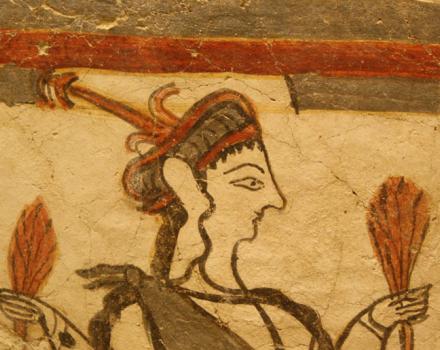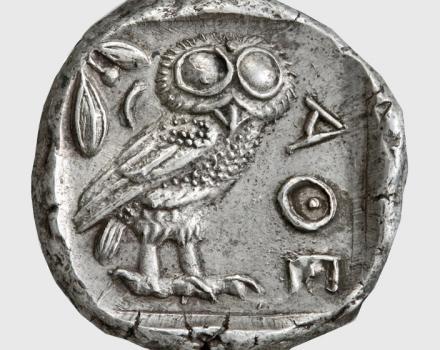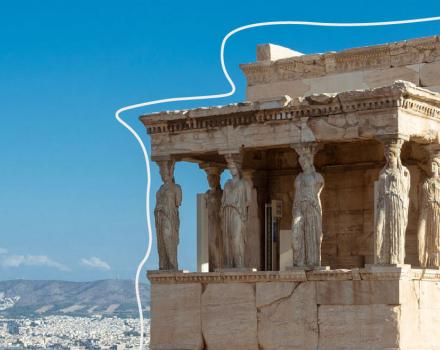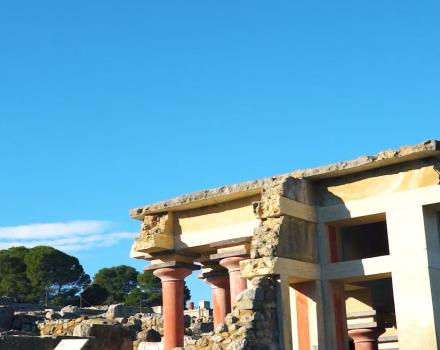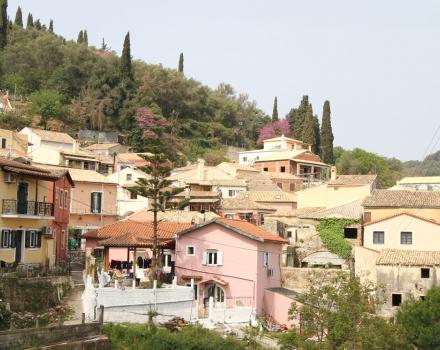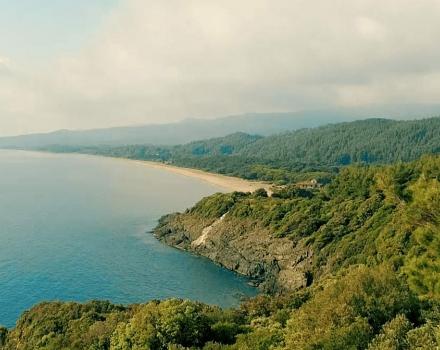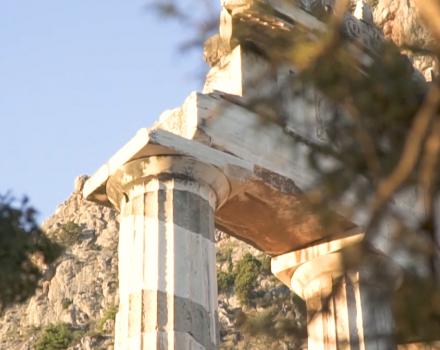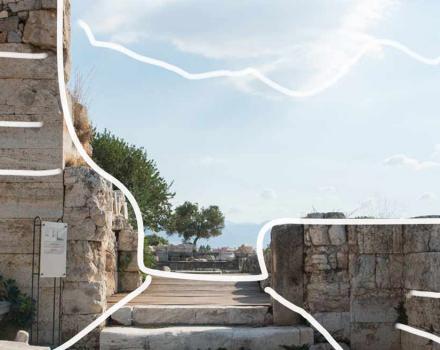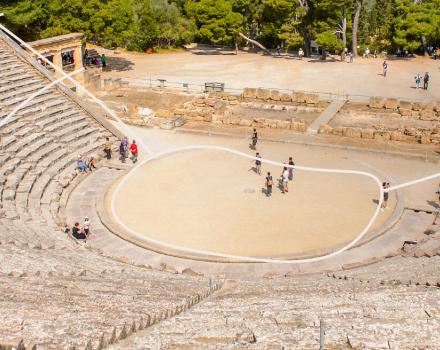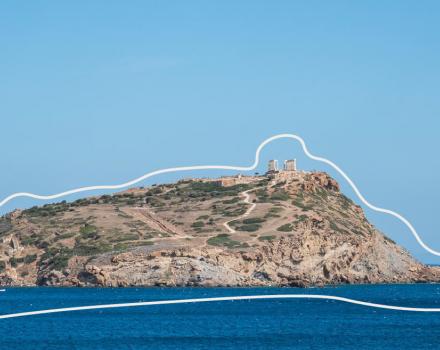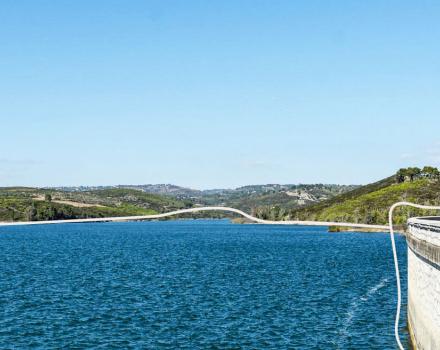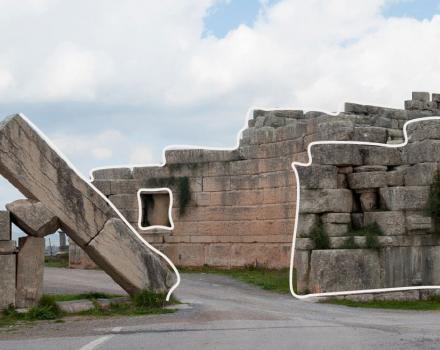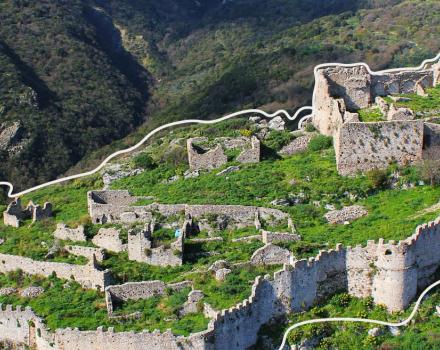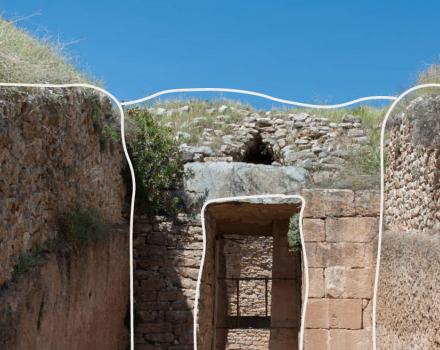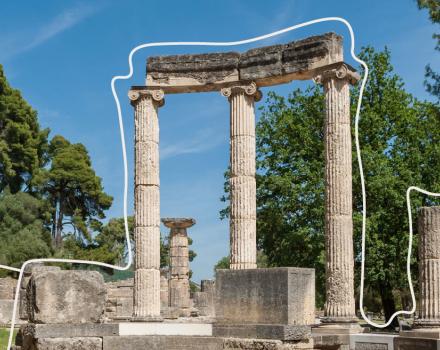In 1837 the National and Kapodistrian University of Athens (NKUA) was founded, merely seven years since the establishment of the Modern Greet State, and it was from the very beginning in the forefront of historical, political and social developments of the country. Beyond its primary mission, which was the promoting of sciences, the oldest university of Greece was closely associated with the constitution of the Modern State – Nation, the Greek nation’s struggles for integration, the consolidation of the democratic system and among other things the achieving of fundamental demands as the universal access to the education. Including all these reasons, the Greek parliament considered as debt of honor to house the exhibition of "180 years of National and Kapodistrian University of Athens. The institution – the people.” The exhibition was organized by the Hellenic Parliament Foundation about the Parliamentarianism and Democracy in collaboration with the university’s Historical Archive and is hosted in the peristyle of Parliament’s building until 31 of May.
The attendance in the University of Athens was free, giving the ability to poor young people to study. In 1892, educational fees were added to the students until 1963 where the free education was established.

(Athens University History Museum, NKUA)
The exhibition, thematically structured, presents among its first images, a sketch of the house in Plaka where the University of Athens, as we used to call it, was firstly housed. A watercolor painting depicting the famous Athens’ ‘trilogy’, the most emblematic architecture complex in the heart of Athens comes next. According this painting and among the National Library of Greece and the Academy of Athens the brilliant megaron of the University of Athens, designed by the Dutch architect Hans Christian Hansen and was built between the years 1839 – 1864, also comes up.

The exhibits were chosen with a view to demonstrate the connection between the University of Athens and the fundamental rearrangements of Modern Greek history: ideological prosecutions, the “Greek language question” project, the women's movement, wars, civil wars, the Cyprus dispute, the dictatorship, etc. The exhibition’s content includes photographs, newspapers’ front pages, documents, manuscripts, masterpieces and literary works, as well as emblematic findings by some of the 17 museums of the National and Kapodistrian University of Athens (NKUA) (huge number of museums for a single university according to European standards).

Επιλεγμένες προσωπογραφίες θυμίζουν πόσοι καθηγητές του Πανεπιστημίου Αθηνών υπήρξαν κορυφαίες μορφές του πνευματικού, επιστημονικού και πολιτικού βίου της χώρας. Για παράδειγμα, ο Κωνσταντίνος Παπαρρηγόπουλος αναδείχθηκε σε έναν από τους πυλώνες της ελληνικής εθνικής ταυτότητας, υποστηρίζοντας με την περίφημη «Ιστορία του ελληνικού έθνους», την οποία έγραψε στα μέσα του 19ου αιώνα, τη συνέχεια του ελληνικού έθνους από την αρχαιότητα έως το Βυζάντιο και τη σύγχρονη εποχή. Ο Γιώργος Παπανικολάου, απόφοιτος του Πανεπιστημίου Αθηνών, ήταν ο πρωτοπόρος ερευνητής που ανακάλυψε το τεστ Παπ, σώζοντας εκατομμύρια γυναίκες, σε όλο τον κόσμο, από τον καρκίνο του τραχήλου της μήτρας. Ο Κωνσταντίνος Τσάτσος, καθηγητής της φιλοσοφίας του δικαίου, κατέλαβε το ανώτατο αξίωμα του Προέδρου της Δημοκρατίας.
Emblematic objects
The objects that creating small “islets” among the exhibition’s thematic units, present also a special interest, highlighting the connection of the National and Kapodistrian University of Athens both with the main country’s landmarks and the small people’s histories. For example, we refer to the old “odontoglifano” (foot dental machine) that is displayed along with a student’s epistle to the University of Athens. During the Greek –Italian War of 1940 the dental machineries of the University had been bound and transferred to the Albanian front for the soldier’s care. The student, by not standing the cost of a new dental machine, asks for the returning of one of those which the university acquires by the end of the war.

(The University of Athens and its branches, Athens 1923)
There are also many exhibits that highlight the contribution of the University of Athens to various fields of research. For example, a carbon arc projector (a projector of that time) and the pictured malaria and tuberculosis bacteria next to it show the University's struggle to fight these two diseases, which were a scourge for Greece until the middle of the 20th century. Ιn the archaeological field, the excavation’s photographs with world – class findings catch the visitor’s attention. Among others, there is a unique photograph of the archaeologist Spyridon Marinatos, who discovered the prehistoric settlement of Akrotiri in Thera, buried under volcanic materials.
The student’s movement
The students of the University of Athens possess their own niche in the exhibition. The University started its commission with some decades of male students while in 1890 was greeted the first woman and up today it has hosted millions of female and male students. The student movement was so early came along with mobilizations in education, the Great Idea/Megali Idea (the Greek liberation against the Ottoman conquer) and against King Otto, the first king of Greece, about its interventions in the governmental subject. As far as the latter concerned and after Otto’s prosecution, the student’s contribution was appreciated with the creation of the first and unique group of armed students in 1862.

Photographs from the “Evangelika” (1901) and the “Orestiaka”(1903), remind to the visitor the two black pages of the student’s movement history. In these two episodes, in which fiery students were protesting against the Demotic Greek language, defending the archaic Greek (Katharevousa) language, human lives were lost. Lamentable pages there also have been later on, written by students and professors in rough times of the country (eg, promotions or persecutions during the dictatorship). However, the bright pages are vastly more.
In 1962, the under – financing of education caused big student’s mobilizations, having as main slogan “15% dowry for education and not for Sofia”. (the Queen Sofia of Spain who received dowry from the Greek state when she got married with Juan Carlos). On the picket is visible a characteristic sketch of Bost. (Athens University History Museum)

With the inception of student’s syndicalism during the Interwar period, the appearance of the left ideology and political fronts, the student’s group became more politically active. Thousands of students were variously militated at the national liberation struggle during the World War II. Thousands were also those who flooded the Athenian roads, having as their base the Propylaea of the University, in order to protest in favor of the union of Cyprus with Greece (1950’s), to assert the 15% of the budget for education and to shield the constitutional legitimacy (early 1960’s). All those historical facts revive at the exhibition through an engaging photographical archive of that period, without leaving out the seizure of Law School and the contribution of the student’s youth at the overthrow of the seven-year old dictatorship.
Info: Information: Greek Parliament, Peristyle, Exhibition’s duration till May 31th
Visiting: Saturday & Sunday, 10:00 – 14:00. Exhibition’s group guided tour: Saturday 12:00.
Building’s and exhibition’s guided tour: Sunday 12:00. For the guided tours reservation is required: 210 – 3735245, 210-3735247 (every day from 09:00 – 16:00).

